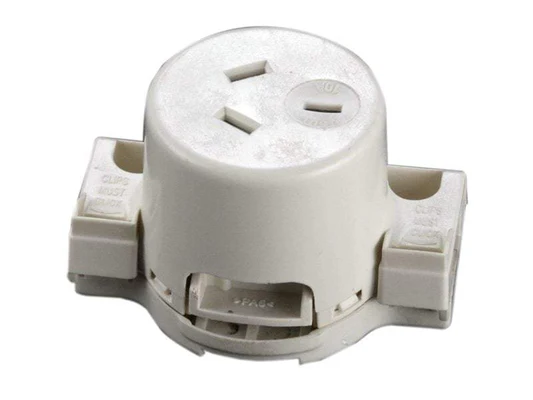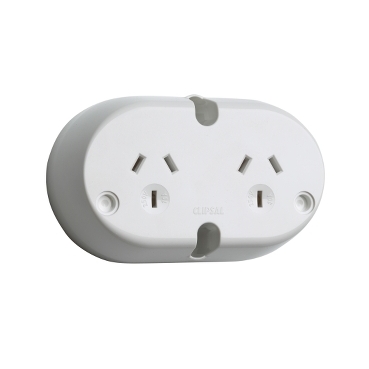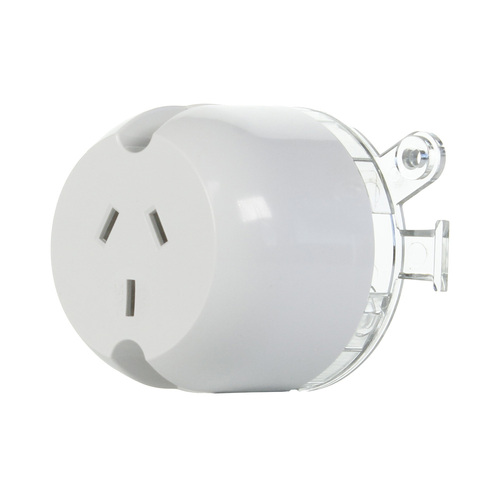A surface outlet is a type of power outlet that is mounted directly onto the surface of a wall or structure, rather than being recessed into it. It provides a convenient way to add electrical access in spaces where cutting into walls is not practical or desired.
Surface outlets are often used in workshops, garages, data rooms, and commercial IT environments where accessibility and flexibility are more important than aesthetics. Because they are mounted externally, they can be installed quickly, making them a popular choice for retrofitting additional power points in older buildings or temporary setups.
Key features of a surface outlet:
- Mounted directly on walls, skirting boards, or other surfaces
- Can be single, double, or multi-gang to suit different power needs
- Available in standard or weatherproof designs
- Often paired with conduit to protect exposed wiring
- Easier to install than flush outlets, as no wall cavity is required


Benefits of using surface outlets:
- Quick installation without invasive wall modifications
- Flexible placement in hard-to-wire locations
- Ideal for industrial and IT spaces where appearance is less critical
- Supports safe and compliant power distribution
Alternative spellings and synonyms include surface-mounted outlet, surface power point, surface socket, and external outlet. In Australia, surface outlets must comply with AS/NZS electrical standards and are typically rated for 230V systems.
For IT professionals, surface outlets are especially useful in server rooms, laboratories, or temporary office fit-outs where power demand changes frequently. By allowing power to be delivered exactly where it’s needed, surface outlets help maintain efficient, safe, and scalable setups without the complexity of major electrical modifications.
